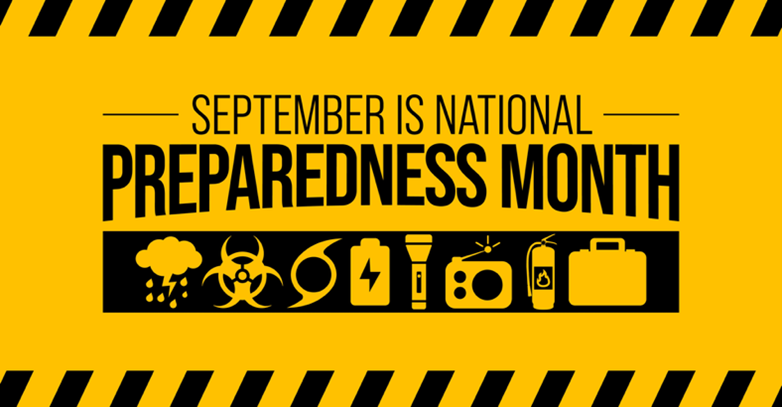What is white-lining?

White-lining, better known as pre-marking in the industry, is one of the most successful damage prevention strategies. Marking underground utilities before digging is a critical step in preventing damage. It keeps the homeowner and excavator safe. Before beginning any project that requires digging, whether it be installing a new mailbox or digging a foundation, there is something you can do before calling 811, picking up a shovel or starting your equipment. The first step is actually to White-Line your excavation area for your utility locators. This not only saves time, but it also relays exactly what your excavation plan is. This helps when electronic white-lining cannot be adequately identified using the Mo1call app . When white lining, use white flags or white water-soluble paint.
Why should you white-line?
- White-lining provides a communication between you, the homeowner/excavator, and the locator/utility owner.
- White-lining reduces confusion and potential for errors
- White-lining provides a full scope of the project
How to white-line:
- When marking off an area, use white flags or white water-soluble paint.
- Use Paint or flags to create a perimeter around your excavation site. Add an additional 5-10 feet around your excavation area to provide an adequate space to dig. (This protects the homeowner/excavator)
- When white-lining, you can paint brackets, circle the area, or use arrows and add the words “Mark Here.”
If you follow all of these steps, you can help with damage prevention and save time on your next project.
Website:
Common Ground Alliance (GGA)
Practice Statement:
When the excavation site cannot be clearly and adequately identified on the locate ticket, the excavator designates the route and/or area to be excavated using white premarking, either onsite or electronically (when available through the one call center), prior to or during the request for the locate ticket.67
Practice Description: The route of the excavation is marked with white paint, flags, stakes, lines, polygons, or a combination of these to outline the dig site prior to or during notification to the one call center and before the locator arrives on the job. Electronic white lining when available provides an alternative method where excavators may indicate their defined dig area visually by electronic data entry (lines or polygons) without the need for a physical site visit. The technology allows the excavator to identify for the locate technician a clear delineation of their proposed excavation area. Premarking allows the excavators to accurately communicate to the one call center, facility owners/operators, or their locator where excavation is to occur. The 1997 safety study “Protecting Public Safety through Excavation Damage Prevention” by the NTSB reached the conclusion that premarking is a practice that








